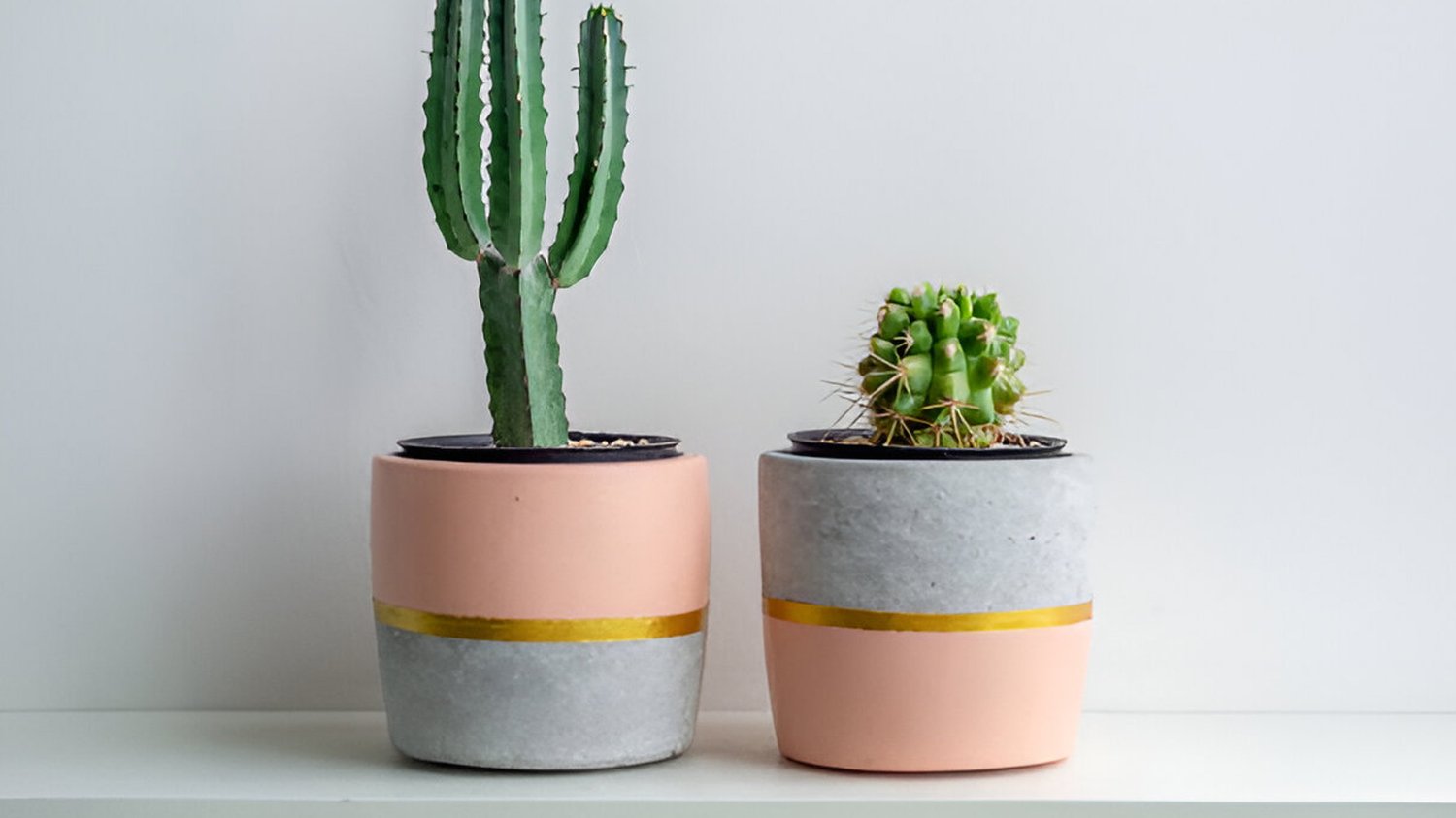Introduction
Plants require soil, oxygen, nutrients, and water to grow. However, what if their roots are obstructed by a thick layer of cement? Can plants grow through cement?? This article examines the feasibility of plant growth through cement and explores different scenarios where plants might grow through cement.
Can cement block plant growth?
Cement is a dense and solid building material that does not allow water and air to pass through easily. Cement can also increase soil pH, making it less suitable for some plants to grow. As a result, cement can be a significant barrier to plant growth. However, several factors determine if a plant can grow through cement or not.
Plant species and cell size
The ability of a plant to grow through cement depends on its cell size and shape. Plants with large and elongated cells, such as grasses and vines, have a better chance of penetrating cement than plants with smaller cells, such as trees and shrubs. Additionally, some species of plants, such as ferns, can grow through tiny cracks and crevices in cement.
Cement thickness and age
The thickness and age of cement affect its permeability and porosity. Newer and thinner cement layers may allow plants to grow through them if the cement is not compacted heavily. On the other hand, old and thick cement layers are less likely to permit plant growth because they are more rigid and dense.
Environmental conditions
Environmental factors, such as temperature, humidity, and light, can influence plant growth and development. Plants growing in harsh and challenging environments, such as deserts and rocky terrains, develop unique adaptations that help them survive and grow through tough barriers, including cement.
Rooting mediums and soil composition
The rooting medium and soil composition play a significant role in the ability of plants to penetrate through cement. Plants grown in loamy soils, rich in organic matter, are more likely to grow through cement than those grown in sandy or clay soils. Additionally, the addition of rooting hormones and bio-stimulants can help promote root growth and development, increasing the chances of plants growing through cement.
The role of mycorrhizal fungi
Mycorrhizal fungi are beneficial microorganisms that help plants absorb nutrients and water from the soil. Some species of mycorrhizal fungi, such as Glomus and Rhizopogon, can colonize cement surfaces and facilitate the growth of plants that would not otherwise grow through cement. Therefore, the presence of mycorrhizal fungi can enhance plant growth through cement.
Planting techniques
The planting technique used can influence the ability of plants to grow through cement. For instance, planting shallow-rooted plants directly on the cement surface may not yield good results. However, using specialized planting techniques, such as drilling holes or cutting cracks in the cement layer, can provide plants with a path to grow through cement.
Conclusion
In conclusion, can plants grow through cement? Yes, plants can grow through cement, but several factors determine whether or not they can. Plants with large and elongated cells, such as grasses and vines, are more likely to penetrate cement. Additionally, environmental conditions, cement thickness and age, soil composition, mycorrhizal fungi, and planting techniques can impact plant growth through cement.
Related long-tail SEO keywords:
- Can plants grow through concrete?
- How to grow plants through cement?
- What types of plants can grow through cement?
- Cement barriers in urban gardening
- Is it advisable to plant on cement surfaces?

